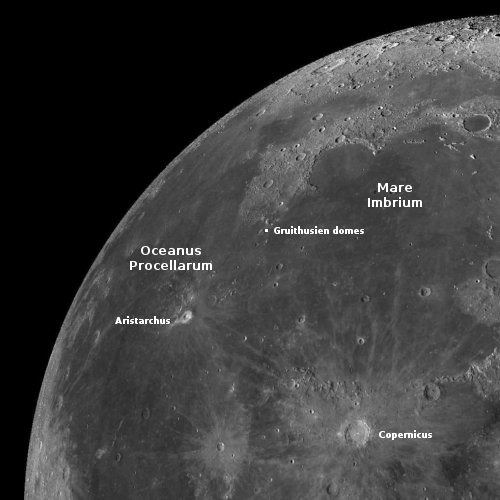According to China’s uninformative state-run press, it today launched “a test satellite for communication technology,” its Long March 3B rocket lifting off from its Xichang spaceport in southwest China.
No other details about the satellite were released. Nor did the state-run press provide any information about where the rocket’s lower stages, using very toxic hypergolic fuel, crashed inside China.
As is usual for China, it is doing a lot of launches at the end of the year. Though weather might be a factor, I also suspect it is the ordinary “use-it-or-lose-it” symptom of a government-run communist society. Budgets are set for the year. Government agencies find that they better launch or they will lose that budgeted amount in the next year’s budget.
This might not apply to China but if so it would explain its strange end-of-year launch pattern.
The leaders in the 2024 launch race:
132 SpaceX
64 China
16 Russia
13 Rocket Lab
American private enterprise still leads the rest of the world combined in successful launches 151 to 96, while SpaceX by itself leads the entire world, including American companies, 132 to 115.










